A few weeks ago, I wrote about how fear is a future-predicting mechanism. But as it turns out, so is pleasure, according to this article about new research into the physiology of pleasure:
According to Cabanac, pleasure can only be a transient sensation, the feeling of warming up when cold, or of eating when hungry. He believes that the lack of these gaps between how we feel and how we want to feel explains a lot of misery in modern society. “We’re not hungry, we’re not cold, we have everything,” he says. The result, he says, is that we are tempted to seek pleasure in other ways, by taking drugs, or over-indulging in pleasurable activities.
This makes perfect sense if you view it through the lens of a prediction. For learning and motivation to work correctly, your behavior needs to be shaped before its natural consequences would occur. As I wrote a few weeks ago, it would be very bad for monkeys if the way they learned to stay away from tigers was to get bitten!
In the same way that fear teaches animals to avoid their predators’ territory, we are rewarded for seeking warmth when cold, and for seeking food when hungry. The pleasure of these things is thus a prediction that our current behavior will lead to something useful.
In other words, we aren’t rewarded for having returned to the desired temperature, or for being full, but rather we are rewarded for the process of warming and the process of eating, to immediately reinforce the behavior that will produce the needed result. Even the smell of food produces pleasure when you’re hungry, and it increases as the scent grows stronger, leading you towards the food.
It’s as though nature knows that life is every moment – that what we have in each moment is the result of whatever process we’re doing now. Therefore, process is rewarded, independent of results.
This explains a lot of things, and not just Cabanac’s observation that our modern comforts remove most of our sources of pleasure. It shows us that the key to the “pursuit of happiness” is the pursuit.
The Pursuit Is What Brings Happiness
Let’s look at that again, more closely: pleasure is not a reward for actually accomplishing our goals! The goal of eating is to be able to use the nutrients and calories, and that requires digestion, not just eating. And yet, it’s not the digestion that gives us the pleasure. When we come in out of the cold, our bodies haven’t yet returned to their stable temperature, but we nonetheless experience pleasure. Pleasure comes from progress towards whatever the real goal is.
At first this seems counterintuitive. Natural pleasures like eating and sex seem at first glance to be goals in themselves. But we only see it that way because we are focused on the pleasure. Nutrition, reproduction, and reproduction support (e.g. pair bonding) are the real goals; nature is merely doling out rewards for the necessary precursors of those actions.
This tells us three useful things. First, it really is the journey that counts, because nature doesn’t reward destinations. While we can look back on an achieved goal with satisfaction or pride, we rarely derive any ongoing pleasure from it. Therefore, you should never choose a goal whose purpose is to “make you happy”, because that’s something no achievement can ever do.
Second, if you want to make progress towards a goal, you need to celebrate your progress. If you only look at what you didn’t achieve, you’re going to think you’re doing worse than you are, and become discouraged. (That particular trap has been a personal favorite of mine.) For a couple of weeks now, however, I’ve been recording what I accomplished during the day, rather than only checking off things I planned to do. The result has been a greatly improved sense of confidence in my ability, and increased motivation. Since I’m now rewarding my progress – even in such a simple way as making note of it – I now get more of it. What you reward is what you get.
Third and last: you should focus your goals on results that you actually want, not on things you think you need to get what you want. Yeah, I know, you’ve heard that one a thousand times. But you haven’t heard why! Quite simply, it’s because indirect goals don’t have any link to the pleasure you’ll get, and so you have no reward for doing them. You’re like the laboratory rats that didn’t have an island within; there is no feeling there to sustain you.
And feelings are incredibly important. Think of them as an analog scoring system that your other self uses to manage task priorities. If you think of “you” (your conscious mind) as the rider and “yourself” (the unconscious and your body) as the horse, then feelings are the reins and spurs and saddle. When you’re functioning in full rapport with yourself, your conscious mind’s job is to set goals and evaluate your current status with respect to those goals. This generates feelings that your unconscious then acts on.
And I don’t mean it acts on them in some vague touchy-feely new age “manifestation” kind of a way. I mean, feelings literally move your body. They are the true command mode.
You see, most of the time, our conscious minds just think they’re in control of the body. But they’re not. Scientists measuring neural response times have been able to determine that we actually decide to do things a fraction of a second before we become consciously aware of the decision. The unconscious makes decisions based on feelings, then passes along a notification to the conscious mind. Sort of like, “hey, I’m about to do this.” The conscious mind then gets a limited time window in which to veto the action. If it doesn’t veto, the conscious mind then thinks it “decided” to do the action.
Now, I don’t mean to say you can’t consciously do things. But when you do, you essentially visualize them, and then put feelings into them. Stop a moment and try something: first imagine pointing a finger at the screen, and then do it. Next, imagine it, and try to feel it happening.
When I try that, I find that my hand “wants to” leap towards the screen; muscles in my arm and hand flex and tense as I consciously stop myself from moving my real arm along with the phantom arm I’m pointing in my mind. This doesn’t happen if I just visualize the motion without trying to also feel it.
So you see, I’m not saying you can’t consciously decide to do something. I’m just pointing out that the actual process of “doing something” is controlled unconsciously. You can also “give the horse his head” and let the unconscious act automatically, or you can pull in on the reins and stop an action that’s about to occur. Unlike a horse, however, you can give your unconscious a quite detailed visualization of what you’d like to have happen, and you can use your perceptions of in-body feelings to guide it.
What’s more, you can actually give your unconscious some very high-level instructions as well. Yesterday, for example, I “learned to draw” using this technique. Well, it’s more like I learned how to learn to draw, and was thereby able to dramatically improve my technique in a few hours’ practice. Specifically, I went from crude 2D figures to creating 3D illusions of light and shadow.
A long time ago, I read Drawing on the Right Side of the Brain, but I never really got past the bits about drawing things upside down and drawing negative space. I found out yesterday that it’s not just a question of “seeing differently”, but also being able to sort out which of the “differently seen” things you should actually put on the paper. And, you need to be able to actually put them on the paper, too!
Anyway, I’m no great artist or anything, but I’m starting to be able to make some cute doodles that I hope will eventually grow into some sort of occasional cartoons, maybe for this blog.
But that’s just the very topmost tip of a very large iceberg. Based on many other experiences I’ve had in the past few days, it has become quite clear to me that the effective use of “command mode” is the secret of all forms of self-mastery, self-discipline, willpower – whatever you want to call it.
But I’ll leave the story of those experiences for another day. I would sign off with, “Trust your feelings, Luke”, except that’s only half of it. You can only trust your feelings if they’ve been trained to be trustworthy, and you also have to guide your feelings, and feel your feelings. These are skills well worth developing.

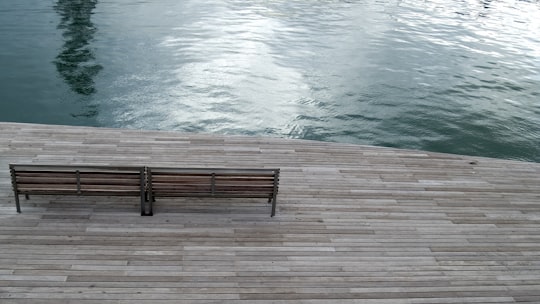
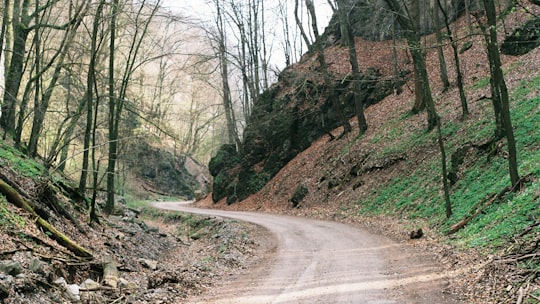
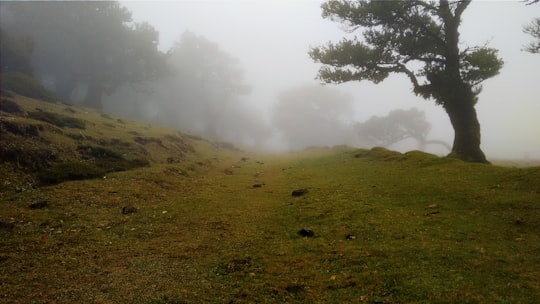
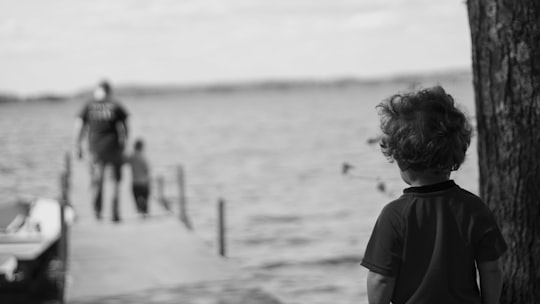

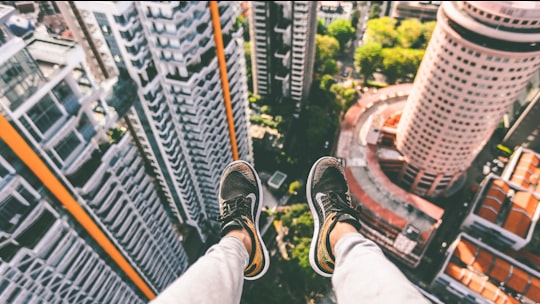



Similar to the Cabanac quote is my friends view:
Have a chart with time as the abscissa and ‘how good your life is’ as the ordinate. Then, what you feel in life is when the derivation of the curve is unequal 0. If derivation is 0 for some time, life is boring.
Phil, I’ve been following your writings for a while and it never ceases to amaze me. I started by being interested in the self-development posts, but quickly caught on to your passionate Python and programming related posts.
I have a couple of questions though.
1. I don’t quite grasp the notion of “command mode” yet. In my mind, it’s pictured almost as a vim-like mode toggle, where in one mode you issue commands and in another mode you actually produce something (text in vim’s case…). Would you consider expanding a little further on this interesting concept ?
2. When will categories work on your blog ? 😉
Thanks for sharing your thoughts.
“””Would you consider expanding a little further on this interesting concept ?”””
Yes, I would consider it. 😉
Seriously, I would say that command mode is more like the difference between a control character and a regular character. When you just imagine, it’s like typing text. When you *feel* (in a positive way) what you imagine, it’s like holding down a modifier key that says, “*do* what I’m imagining”.
Most of the time, people visualize things and it does nothing for them. That’s because they’re either not feeling at all, or they’re having meta-feelings like fear, anxiety, disbelief, etc., rather than feeling the actual tactile-kinesthetic feelings they would experience when *doing* what they visualize.
However, if you do your visualization *in-body*, you can actually get yourself to do lots of things automatically. For example, yesterday and today I got myself out of bed in time for 9am PyCon sprints by doing some in-body visualization the night before, of me doing the things that I’d need to do in the morning when the alarm went off. The other days of PyCon I woke up rather randomly and mostly late, but yesterday and today I was able to get up despite being really short on sleep.
I’m planning to write an article on this, called “The Future Self”, that will explain the various applications of the technique that I’ve played with so far: exercise, waking up, and learning to draw. I’m convinced at this point that it’s actually the way to do pretty much anything, but I’ve been trying to put together more actual usage examples.
A lot of the literature out there argues for visualization as a tool to do these things, but most describe the in-body aspect only implicitly and tangentially, which helps explain why some people get little benefit from visualization-based techniques. My own visualization habits were dissociated – i.e., I made images as though they were on a whiteboard in front of me – so they rarely had tactile-kinesthetic effects.
Will you provide the name of the resource from where you derived this paragraph:
“Scientists measuring neural response times have been able to determine that we actually decide to do things a fraction of a second before we become consciously aware of the decision. The unconscious makes decisions based on feelings, then passes along a notification to the conscious mind. Sort of like, “hey, I’m about to do this.” The conscious mind then gets a limited time window in which to veto the action. If it doesn’t veto, the conscious mind then thinks it “decided” to do the action.”